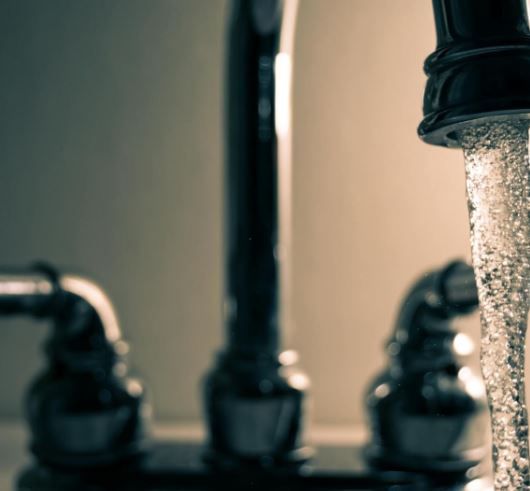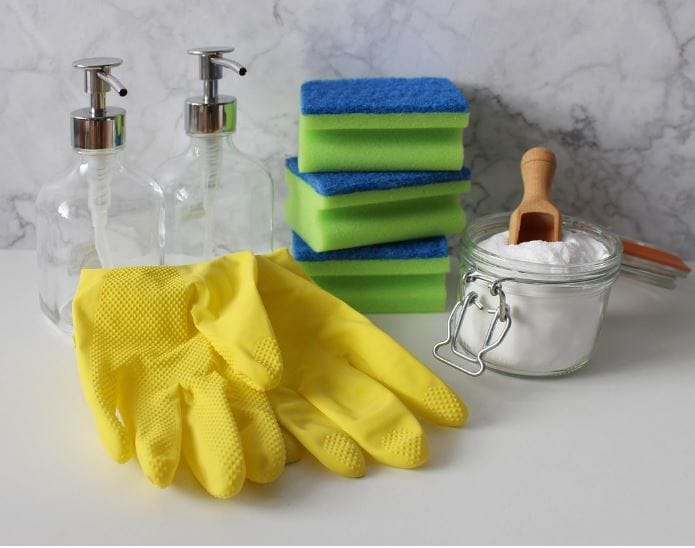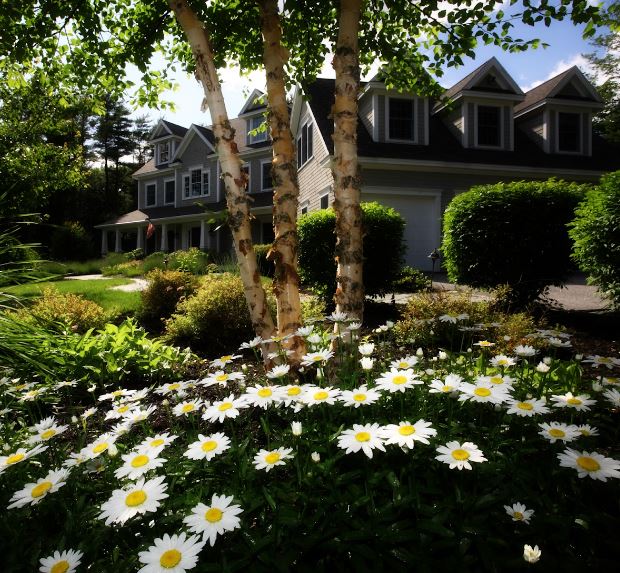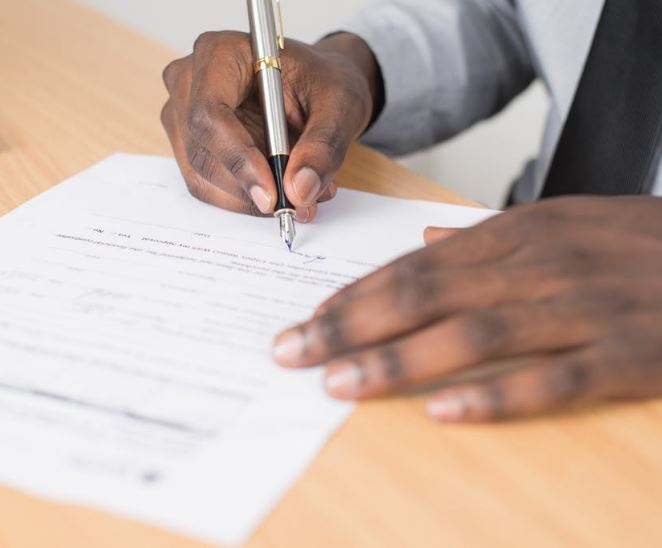Repairing Plumbing Issues and Ensuring a Thorough Cleanup for Your Home

Plumbing issues can quickly turn into a nightmare if not addressed properly. A small leak can escalate into major water damage, leading to costly repairs and potential health hazards like mold growth. Whether it’s a burst pipe, a clogged drain, or a leaking faucet, timely repairs and thorough cleanups are crucial in maintaining a safe and functional home. Many homeowners attempt DIY plumbing fixes, but without the right expertise, the problem might persist or worsen.
Ensuring proper repair techniques and post-repair cleaning extends the lifespan of your plumbing system and keeps your home free from water damage and unsanitary conditions. In this guide, we’ll explore key steps to fixing plumbing problems and conducting an effective cleanup to protect your home.
Identifying the Plumbing Issue
The first step to resolving a plumbing problem is identifying the root cause. Leaks, clogs, and pipe bursts often result from worn-out components, blockages, or changes in water pressure. Look out for signs such as unusual water stains on walls, slow drainage, or a sudden spike in water bills, which may indicate hidden issues. Sometimes, problems originate from underground pipes or internal plumbing structures, requiring professional inspection. Using tools like pipe cameras or moisture detectors can help pinpoint the exact location of the issue, ensuring an efficient and targeted repair process.
When to Call a Professional
While some plumbing issues can be managed with DIY solutions, there are instances where professional assistance is necessary. Persistent leaks, low water pressure, frequent drain clogs, and sewer line backups require expert evaluation. As we can see when we click here, a certified plumber has the expertise and specialized tools to diagnose and repair complex plumbing problems efficiently. Emergencies, such as pipe bursts or extensive water damage, demand immediate attention to prevent structural harm and costly repairs. Investing in professional services guarantees a lasting solution and provides peace of mind, knowing the plumbing system is in good hands.
Choosing the Right Repair Method
Once the problem is identified, selecting the right repair method is important for a long-term solution. For minor leaks, applying plumber’s tape or sealants may offer a quick fix. More complex issues, such as broken pipes or backed-up sewer lines, require advanced techniques like pipe replacement or hydro jetting. If the issue involves corroded pipes, repiping might be necessary to prevent future leaks.
Homeowners should assess their plumbing knowledge before attempting DIY repairs, as improper fixes can lead to further damage and higher costs down the line. Consulting a licensed plumber ensures the problem is handled professionally, using the best materials and techniques for durability.

Preventing Water Damage During Repairs
Plumbing repairs often involve water exposure, making it important to take preventive measures against damage. Before beginning any repairs, shutting off the main water supply prevents unnecessary flooding. Placing absorbent materials like towels and plastic sheets around the affected area can help contain water spillage.
If a significant leak has already occurred, using a wet vacuum or mop to remove excess water prevents it from seeping into walls and flooring. Opening windows and using fans can aid in drying out the area to reduce the risk of mold formation. By proactively managing water exposure, homeowners can minimize the extent of damage while focusing on the necessary repairs.
Effective Cleanup and Sanitation
After repairing a plumbing issue, a thorough cleanup is necessary to restore hygiene and prevent bacterial growth. Standing water, damp surfaces, and wet debris create a breeding ground for mold, mildew, and harmful microorganisms. Disinfecting the area with a bleach solution or antimicrobial cleaners helps eliminate potential contaminants.
Carpets, wooden furniture, and drywall affected by water damage may require special drying techniques or professional restoration services. Ensuring proper ventilation during cleanup helps speed up the drying process and prevents lingering odors. A well-executed cleanup enhances the aesthetics of the home and safeguards residents from health hazards linked to waterborne bacteria and mold exposure.
Long-Term Preventive Measures
Once the immediate plumbing issue is resolved, implementing long-term preventive measures can help avoid future problems. Regular maintenance, such as inspecting pipes for wear and tear, cleaning drains, and monitoring water pressure, ensures the plumbing system functions optimally. Installing water leak detectors and automatic shut-off valves can provide an early warning system for potential issues.
Adopting eco-friendly plumbing solutions, such as low-flow toilets and water-efficient fixtures, reduces strain on the system and lowers utility bills. Educating household members on proper plumbing practices, such as avoiding grease disposal in sinks and using drain strainers, further minimizes the risk of blockages and leaks.
Addressing plumbing issues promptly and ensuring a thorough cleanup are crucial for maintaining a safe and comfortable home. Identifying problems early, using appropriate repair methods, and preventing water damage can help mitigate costly consequences. Proper sanitation after repairs eliminates health risks, while long-term preventive measures ensure the plumbing system remains in good condition.
While DIY fixes may work for minor issues, calling a professional plumber for complex problems ensures lasting results. By taking a proactive approach to plumbing maintenance and repair, homeowners can protect their property from damage and keep their living spaces clean and functional.







